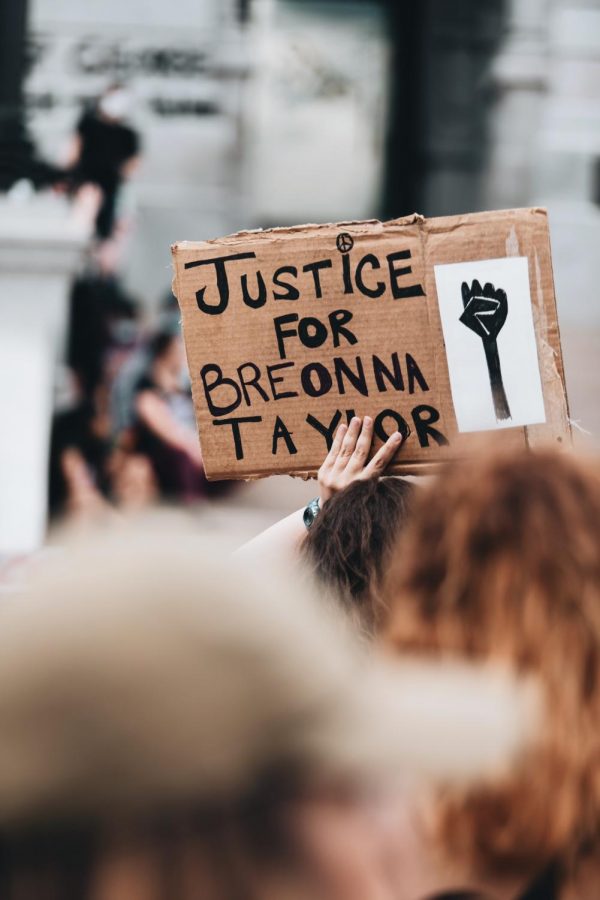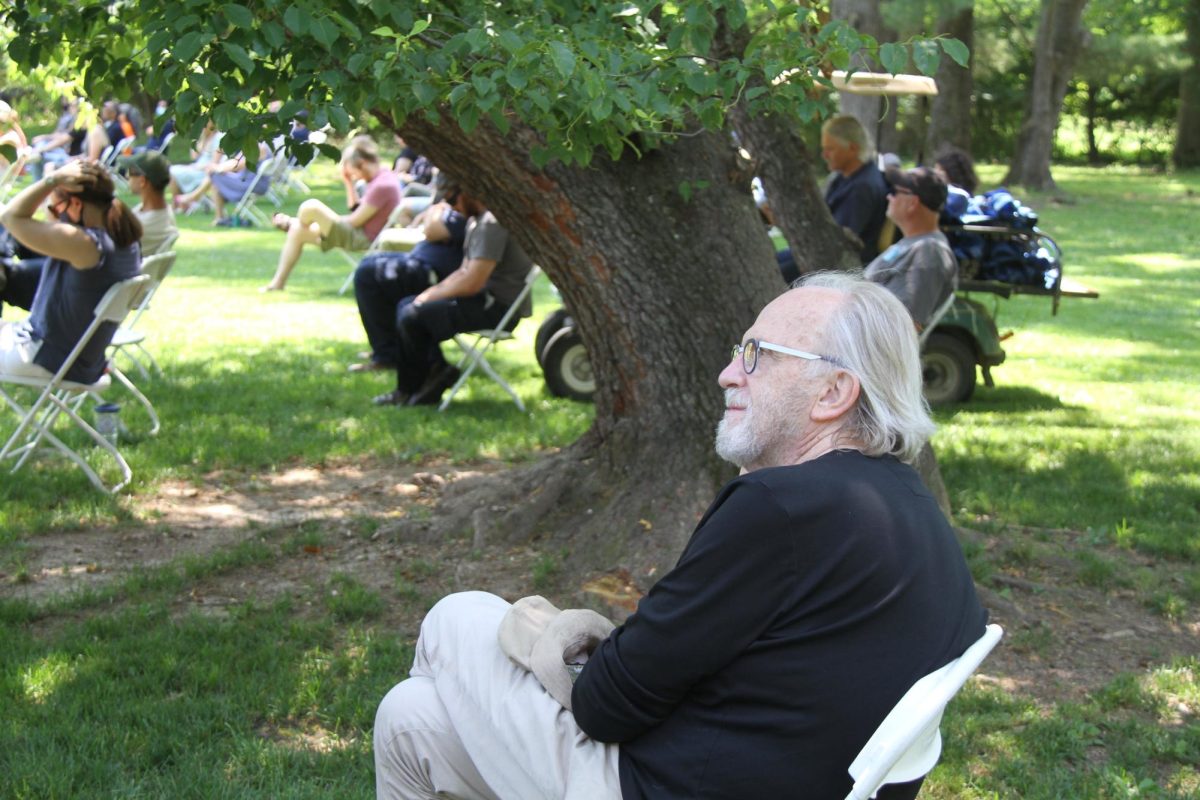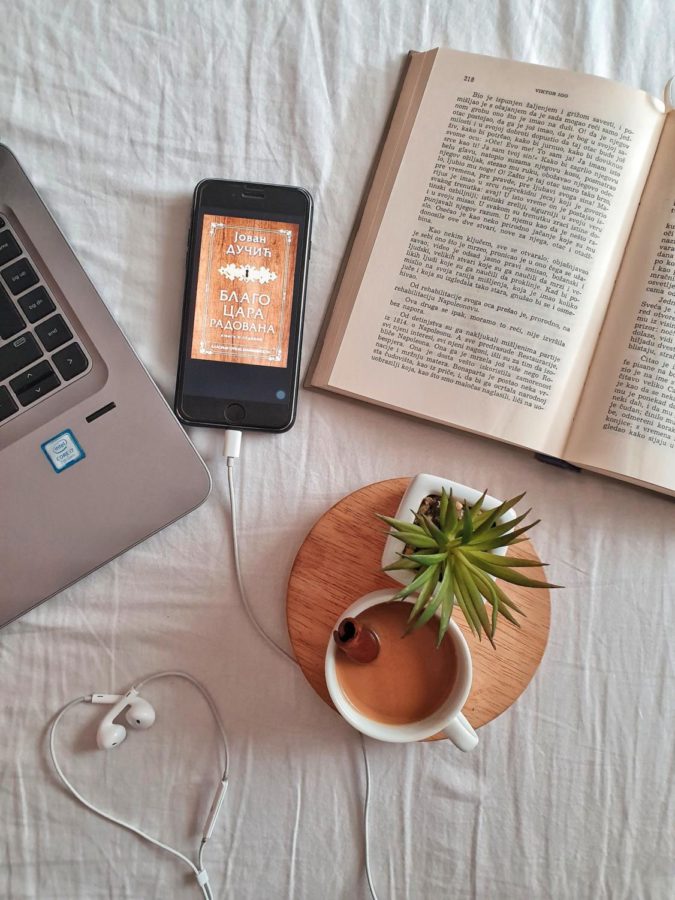The Murder of Breonna Taylor
May 28, 2020
On March 13th, Breonna Taylor was murdered when police officers burst into her home. She was 26 years old and an EMT. She saved lives. She was a hero. And despite it all, she died in relative obscurity. It took two months until social media attention from the activist Shaun King brought the story of Taylor’s death and life into the public sphere. It took two months before Breonna’s life was recognized by the mass media at all. And perhaps, grimmest of all, is the fact that what happened to Breonna’s story is rare, not because of how long it was forgotten, but because it was remembered at all. How many of you know the names William Chapman II, or Sam DuBose, or Terence Crutcher? These are all real people, who had families, kids, parents, wives. Every single one of them was a black man, killed unjustly by the police.
The debate around police brutality is largely centered around race. As of 2015, black people were killed at around 5 times the rate that white people were. Nearly a third of them were identified as being unarmed. Additionally, of the 104 deaths of unarmed black people in 2015 (almost two a week), only 13 cases resulted with the officer being charged with a crime, and not a single case resulted in more than 4 years of imprisonment. Since then, the number of fatal shootings by police hasn’t been decreasing much year by year.
While we may never truly eliminate it, minimizing police brutality is a necessary step in becoming a better place for everyone. A proposed solution which has been gaining increased traction is the introduction of police body cameras. Unfortunately, police body cameras aren’t perfect. While some studies have reported positive effects, many others have reported that police cameras have had a statistically insignificant effect on police behavior. But, while they’re not a solution, body cameras still can be helpful.
At its crux, police brutality is a systemic problem. It’s caused less by the incompetence or maliciousness of individuals as it is by the very design of US law. The reason police brutality rates are so high in the US is because the amount of criminal cases in the US is so high. In New York City, the number of crimes runs into five digits, and includes seemingly innocuous activities like drinking in public. Reports estimate that police officers spend 90% of their time on cases like this, and only 10% on violent crime. Additionally, a large portion of police brutality stems from unreasonable searches, as in the case of Breonna Taylor. These searches are typically heavily biased against people of black and hispanic origin, and quite often lead to unnecessary drug or drug-related arrests. Possibly most important of all is to give so-called criminals the proper treatment they deserve. Incarceration may be a suitable punishment for certain crimes, like rapists or murderers, but drug addicts and the mentally ill need rehabilitation, not imprisonment. Multiple cases of police using lethal force are caused because the so-called perpetrator was perceived as a threat rather than someone in need of help.
Police brutality isn’t a nebulous, minor concern. It is a threat to the very pillars of equality and justice that maintain our nation’s future. And if we don’t do something about it now, that future is bleak.






